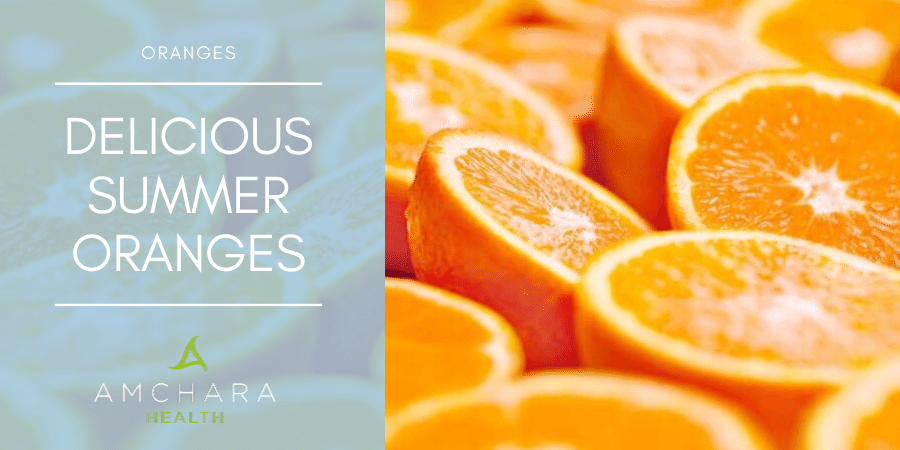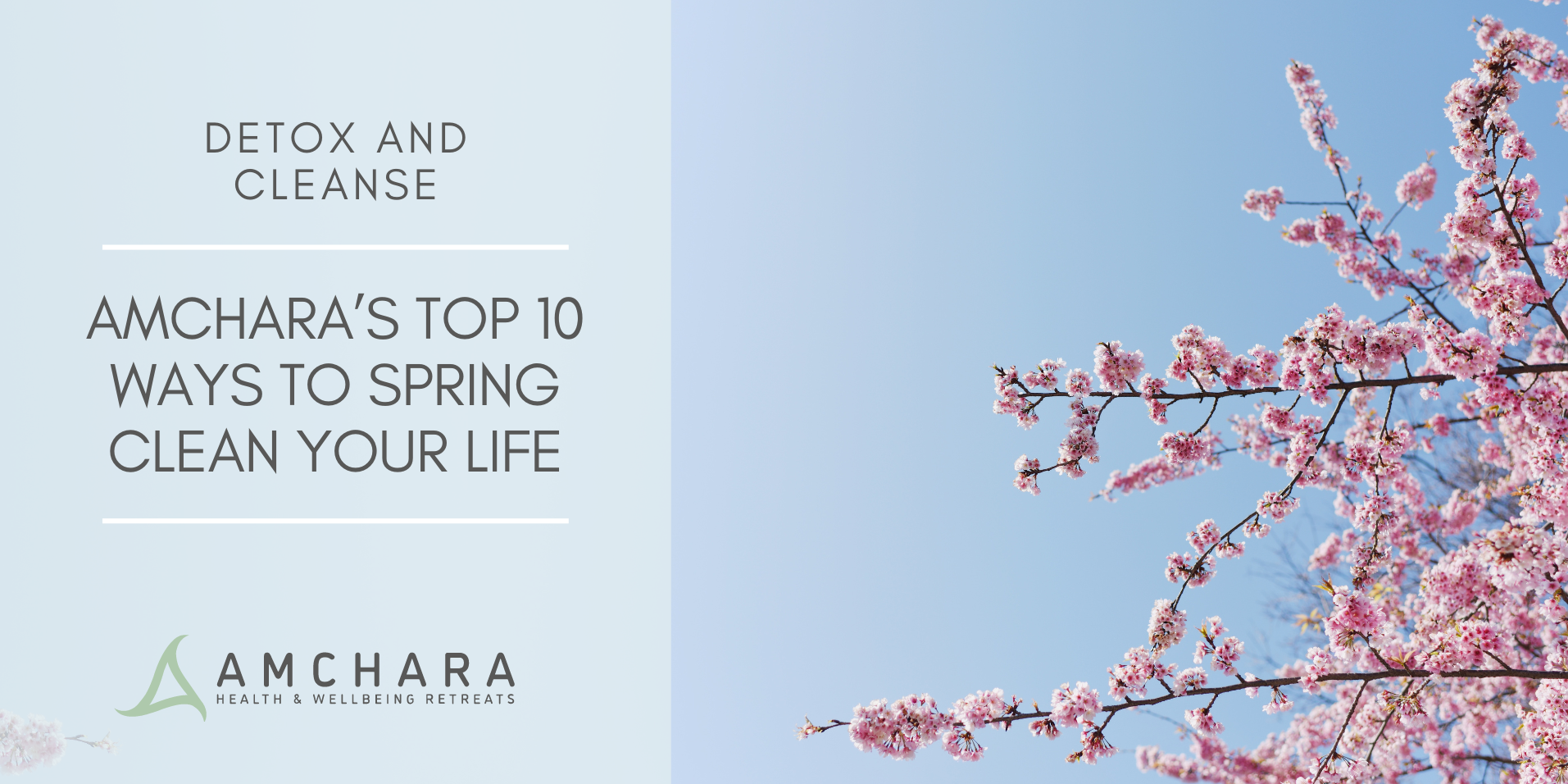With all the sunshine that’s on the horizon, we figured now would be a great time to talk about the nutritional value of oranges.
Juicy and sweet and renowned for its concentration of vitamin C, oranges make the perfect snack and add a special tang to many recipes, it is no wonder that they are one of the most popular fruits in the world.
Oranges are classified into two general categories-sweet and bitter-with the former being the type most commonly consumed.
Popular varieties of the sweet orange Citrus sinensis include Valencia, Navel and Jaffa oranges, as well as the blood orange, a hybrid species that is smaller in size, more aromatic in flavour and has red hues running throughout its flesh.
Bitter oranges Citrus aurantium are oftentimes used to make jam or marmalade, and their zest serves as the flavouring for liqueurs such as Grand Marnier and Cointreau.
Health benefits
Vitamin C: You may already know that oranges are an excellent source of vitamin C-just one orange supplies 116.2% of the daily value for vitamin C-but do you know just how important vitamin C and oranges are for good health?
Vitamin C is the primary water-soluble antioxidant in the body, disarming free radicals and preventing damage in the aqueous environment both inside and outside cells.
Inside cells, a potential result of free radical damage to DNA is cancer.
Cold Prevention: Vitamin C, which is also vital for the proper function of a healthy immune system, is good for preventing colds and may be helpful in preventing recurrent ear infections.
Fibre: Oranges health benefits continue with their fibre; a single orange provides 12.5% of the daily value for fibre, which has been shown to reduce high cholesterol levels thus helping to prevent atherosclerosis.
Fibre can also help out by keeping blood sugar levels under control, which may help explain why oranges can be a very healthy snack for people with diabetes.
Natural Fruit Sugar: In addition, the natural fruit sugar in oranges, fructose, can help to keep blood sugar levels from rising too high after eating.
The fibre in oranges can grab cancer-causing chemicals and keep them away from cells of the colon, providing yet another line of protection from colon cancer.
And the fibre in oranges may be helpful for reducing the uncomfortable constipation or diarrhoea in those suffering from irritable bowel syndrome.
How to select
Oranges do not necessarily have to have a bright orange colour to be good.
In fact, the uniform colour of non-organic oranges may be due to injection of Citrus Red Number 2 (an artificial dye) into their skins at the level of 2 parts per million.
Whether organic or not, oranges that are partially green or have a brown colouring may be just as ripe and tasty as those that are solid orange in colour.
Avoid those that have soft spots or traces of mould.
And, because oranges are among the top 20 foods in which pesticide residues are most frequently found, buy organic oranges whenever possible.
Choose oranges that have smoothly textured skin and are firm and heavy for their size.
These will have a higher juice content than those that are either spongy or lighter in weight.
In general, oranges that are smaller will be juicier than those that are larger in size, as will those that feature thinner skins.
Read this next:





